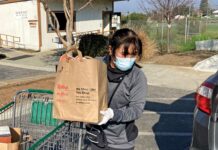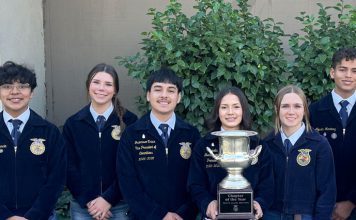According to a recently released report by the World Health
Organization, the world is in a prepandemic phase of infection by
the virus popularly known as the avian flu virus and scientifically
known as H5N1.
According to a recently released report by the World Health Organization, the world is in a prepandemic phase of infection by the virus popularly known as the avian flu virus and scientifically known as H5N1. The 22-page document outlined the steps that need to be taken worldwide to alleviate the virus as well as the problems health communities are having in responding to the threat.
Although the report makes several recommendations involving a collaboration of government entities, the suggestion that affects people on an individual basis is how to seek ways to thwart or reduce the effects of the virus. If cost and availability make pharmacologically manufactured vaccines and antiviral medications off-limits, the report advises to look toward alternative methods of prevention. One such alternative defense may be growing in South Valley fields: garlic.
Embraced by herbalists for centuries, the “stinking rose” has more recently been accepted by the scientific community as an antibiotic and antimicrobial. And now, some proponents are claiming that garlic also contains antiviral properties.
Jon Barron, author of “Lessons of the Miracle Doctors,” is making the call to consider garlic one of the options to enhance the body’s ability to fight off the avian flu virus. In Barron’s online Baseline of Health Newsletter, the longtime nutraceutical formulator discusses the pathogen-destroying abilities of garlic, and he states that just building your immune system may be counterproductive to the H5N1 virus.
According to statistics during the similar raging of the 1918 flu pandemic, most of the victims were 20 to 40 years old and were considered healthy before the onset of the virus. As explained by Barron, “H5N1 seems to claim almost half of its victims through a condition called respiratory distress syndrome, in which the victim’s own immune system unleashes a cytokine storm that literally chews up their lung tissue, ultimately causing the victim to suffocate.”
Barron goes on to recommend garlic and other natural antivirals as a way to ratchet down the strength of the virus, allowing the immune system to take over a smaller amount of viral attack. Although conclusive evidence of garlic’s antiviral properties has yet to be determined, preliminary studies have been positive.
According to a report from the British Broadcasting Corp. in March, scientists from Seoul National University fed 13 infected chickens a Korean dish called kimchi. Eleven of the chickens started to recover a week later. And one of the main ingredients in kimchi? Garlic. Ginger, another food that is said to have antiviral activity, is also a main ingredient of the dish.
Phytotherapist David L. Hoffman, past president of the American Herbalist Guild and co-author of the “Encyclopedia of Medicinal Plants,” lists garlic as an antiviral, an antifungal and an expectorant. But not all of the effects of garlic are right for every person, said Dr. Adrianna Ribeiro, a trained homeopathic physician and professor of human anatomy and physiology at Calvin College in Grand Rapids, Mich.
“Garlic thins the blood, so any individual taking blood-thinning medications should be cautious,” he said. “Garlic can also be tough on the stomach lining and cause irritation.”
“Let thy food by thy medicine and thy medicine be food,” stated Hippocrates around 400 B.C. Could the ancients have thwarted the effects of disease merely by eating the right foods? Was the term “vampire” a metaphor for an invading virus?












